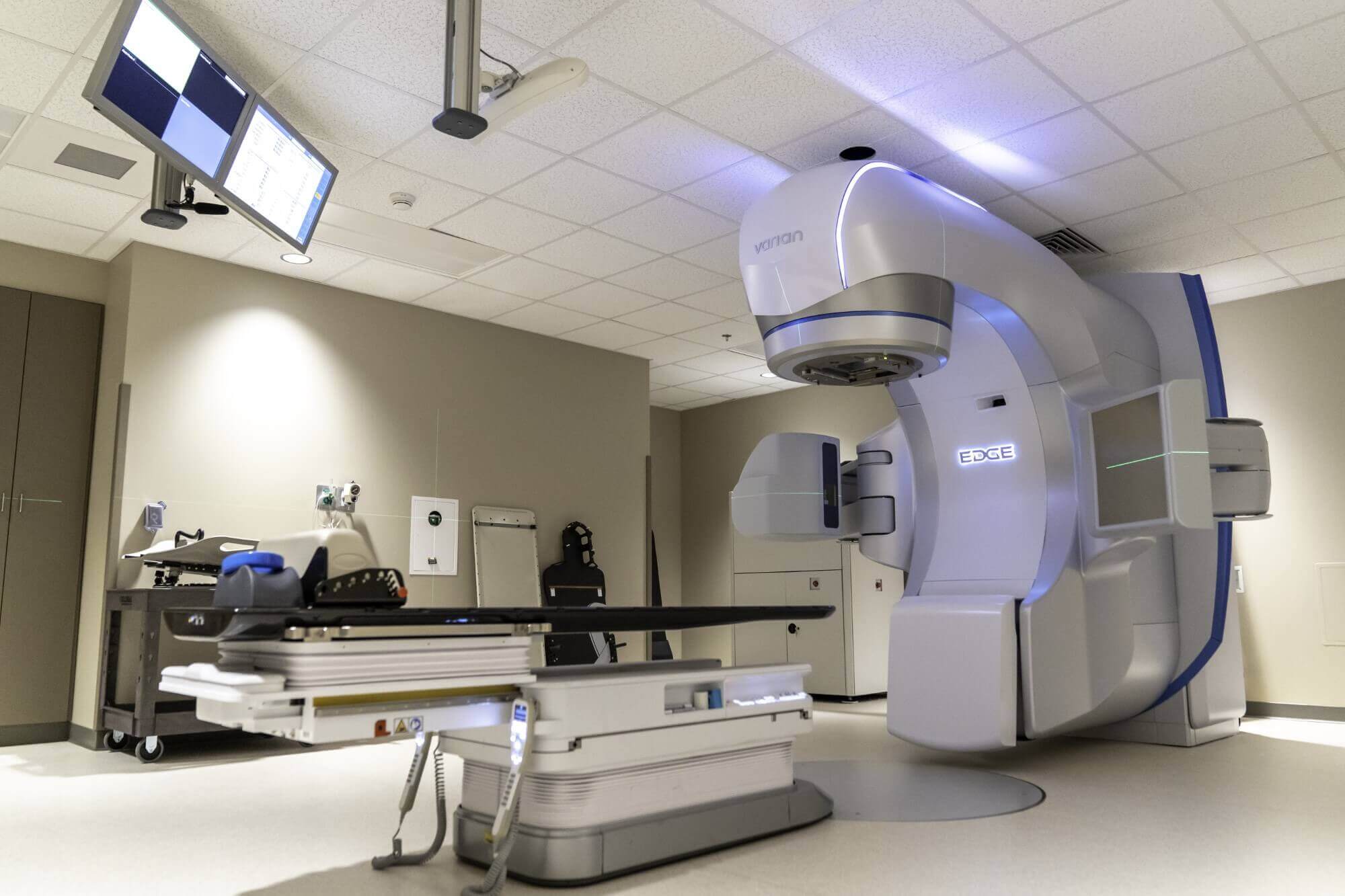
Head and neck cancers are complex diseases that affect the mouth, throat, nose, sinuses, and salivary glands. It can be caused by a variety of factors, including tobacco use, alcohol consumption, and exposure to certain viruses. Fortunately, there are many treatment options available to help fight head and neck cancer, including surgery, chemotherapy, immunotherapy, hormone therapy, and radiation therapy. One of the most common types of radiation therapy is delivered using linear accelerators.

What are Linear Accelerators?
Linear accelerators are devices that use electricity to produce high-energy beams of radiation. These beams are used to treat cancer by delivering radiation to the tumor while sparing the surrounding normal tissue. Linear accelerators are one of the options for cancer treatment, and they can be used to cure cancer, control its growth, or relieve symptoms such as pain.
How Can Linear Accelerators Be Used to Treat Head and Neck Cancer?
Linear accelerator radiation therapy can be used to treat head and neck cancer in several ways. One of the most common approaches is called external beam radiation therapy. This involves using a linear accelerator to deliver radiation to the tumor from outside the body. The radiation is carefully targeted to the tumor, while sparing nearby healthy tissue.
Another approach is called brachytherapy, which involves placing radioactive material directly into the tumor. This can be done using a linear accelerator to create the radioactive material, which is then inserted into the tumor using a catheter or other device.

Pros of Linear Accelerator Radiation Therapy for Head and Neck Cancer
There are many benefits to using linear accelerator radiation therapy to treat head and neck cancer. Some of the pros include:
- Precision targeting: Linear accelerators can target tumors precisely and spare normal tissue. This is especially important in the head and neck region, where there are many critical structures that need to be protected.
- Versatility: Linear accelerator radiation therapy can be used to treat many types of head and neck cancer, including oral cancer, throat cancer, and salivary gland cancer.
- Combination therapy: Linear accelerator radiation therapy can be combined with other treatments, such as chemotherapy, to enhance their effectiveness.
- Outpatient procedure: Linear accelerator radiation therapy can be done as an outpatient procedure without anesthesia, which means that patients can go home the same day.
Cons of Linear Accelerator Radiation Therapy for Head and Neck Cancer
While linear accelerator radiation therapy has many benefits, there are also some potential drawbacks to consider. Some of the cons include:
- Side effects: Linear accelerator radiation therapy can cause side effects such as hair loss, nausea, fatigue, skin changes, and blood clots. These side effects can be managed with medication and other treatments, but they can still be uncomfortable.
- Damage to healthy cells: While linear accelerator radiation therapy is designed to target cancer cells, it can also damage healthy cells along with cancer cells. This can lead to side effects and complications.
- Risk of second cancer: Linear accelerator radiation therapy may increase the risk of developing a second cancer later in life. This risk is generally low, but it is still a concern for some patients.
- Limited effectiveness: Linear accelerator radiation therapy may not work for some head and neck tumors that are resistant to radiation or located deep inside the body.
Choosing the Best Treatment Option
Ultimately, the best treatment option for each patient with head and neck cancer depends on their individual situation and preferences. They should discuss with their doctor about the benefits and risks of each option before making a decision. Linear accelerator radiation therapy is just one of the many tools available to fight head and neck cancer, and it can be a powerful weapon in the fight against this disease.
Sources:
- A Primer on Theory and Operation of Linear Accelerators in Radiation Therapy, National Library of Medicine
- Cancer, Mayo Clinic
- Cancer Treatments, CDC
- Side Effects of Cancer Treatment, CDC
- Cancer Survivors, Mayo Clinic
- Cancer Treatment Decisions, Mayo Clinic





